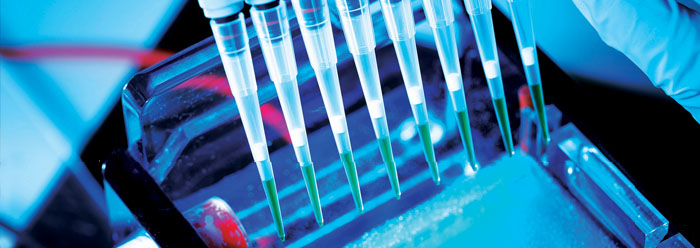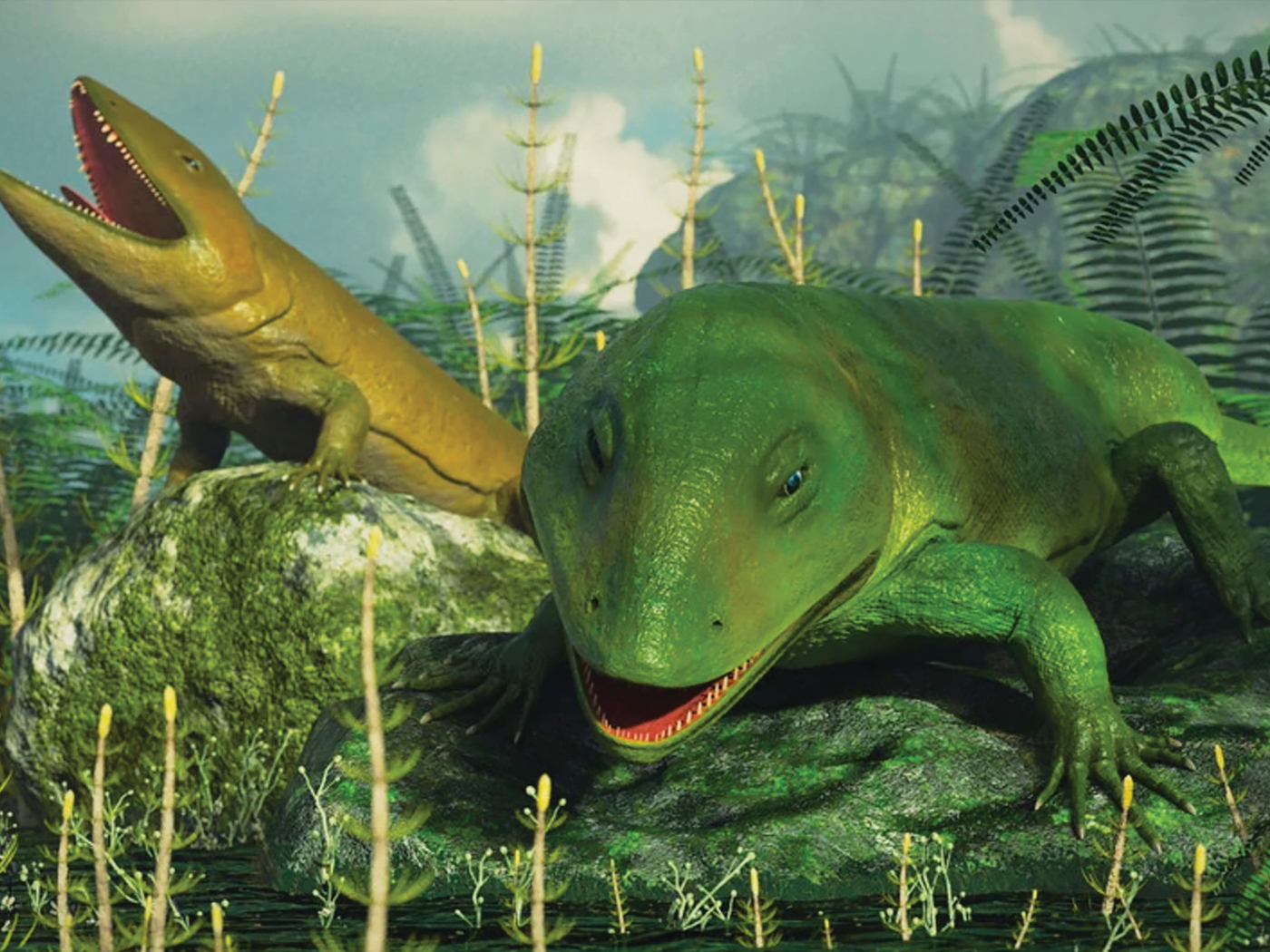How would you answer the evolutionist who says that DNA comparisons demonstrate human-ape common ancestry? You might cite the results of Jeff Tomkins’ recent research which show that 900,000,000 DNA differences divide us and our supposed evolutionary cousin.1
But how would you answer the evolutionist who says that relative DNA comparisons depict a branching tree of life across the entire animal kingdom? For example, he might ask why humans are still genetically closer to chimpanzees than to horses. He might also ask why mammals are genetically closer to one another than to reptiles. You might invoke function as the explanation since mammals share more physiological functions with one another than with reptiles.
But what if the evolutionist narrows his scope further and claims that the DNA sequences he compared coded for proteins that perform similar functions in each of these many creatures? What if the proteins were involved in certain chemical transformations of basic biomolecules found in nearly every animal species? How would you answer this challenge?
At least two creation hypotheses can be invoked to explain these patterns. First, the DNA differences among these species might have resulted from mutations in each of these species over the last 6,000 years. This would require significant amounts of DNA change in just a couple thousand years, and this requirement presents a daunting hurdle to this hypothesis.
Second, these proteins might perform more functions than previously expected. Perhaps the DNA differences were created in these creatures for purposes hitherto unknown. This hypothesis seems attractive at first pass, but delving into the molecular biology behind it reveals an equally formidable hurdle. Invoking multiple roles for proteins goes against the conventional molecular biology paradigm of the last several decades.
ICR has been analyzing these hypotheses over the past few years by comparing the DNA sequences from mitochondria, and we recently made some major discoveries.2,3,4,5 One of the keys to our breakthroughs was expanding our dataset to include thousands of species—nearly 2,700. Another key was dividing our analyses into two groups—a group of comparisons between separately created categories of creatures (i.e., creatures belonging to separate kinds) and a group of comparisons among creatures related to a common ancestor (i.e., belonging to the same kind).6
Our first finding uncovered an answer for the patterns of DNA comparisons between different kinds. Testing the hypotheses of random mutation versus created DNA diversity required deriving a new method to distinguish between these possibilities. Results from applying this method to thousands of species suggest that God created differences in separate kinds from the start for a functional purpose. These new data challenge the prevailing paradigm, and they suggest exciting new areas of investigation.
Our second major finding highlighted not only a likely explanation for DNA differences within kinds but also a new scientific argument for recent creation. The rate of DNA mutation has been measured in several species, and these rates can be used to make predictions based on the young earth and evolutionary models. Multiplying the evolutionary time of origin for these species by their known mutation rates leads to predictions of modern genetic differences that are impossibly high. Conversely, multiplying the mutation rates by several thousands of years predicts modern genetic differences in these kinds very well.
All of these findings have been published in creationist peer-reviewed literature.7 We’ll be discussing them in much more depth in future Acts & Facts issues.
References
- Tomkins, J. 2013. Comprehensive Analysis of Chimpanzee and Human Chromosomes Reveals Average DNA Similarity of 70%. Answers Research Journal. 6: 63-69.
- Jeanson, N. 2010. New Frontiers in Animal Classification. Acts & Facts. 39 (5): 6.
- Jeanson, N. 2012. Bio-Origins Project Update, Comparing 2,000 Animal Species Molecularly. Acts & Facts. 41 (9): 6.
- Jeanson, N. 2012. Bio-Origins Project Update, Hypothesizing Differential Mutation Rates. Acts & Facts. 41 (10): 6.
- Jeanson, N. 2012. Bio-Origins Project Update, Evidence Against Differential Mutation Rates. Acts & Facts. 41 (11): 6.
- Jeanson, N. 2013. Is Evolution an Observable Fact? Acts & Facts. 42 (1): 20.
- Jeanson, N. 2013. Recent, Functionally Diverse Origin for Mitochondrial Genes from ~2700 Metazoan Species. Answers Research Journal. 6: 467-501.
* Dr. Jeanson is Deputy Director for Life Sciences Research and received his Ph.D. in cell and developmental biology from Harvard University.

















